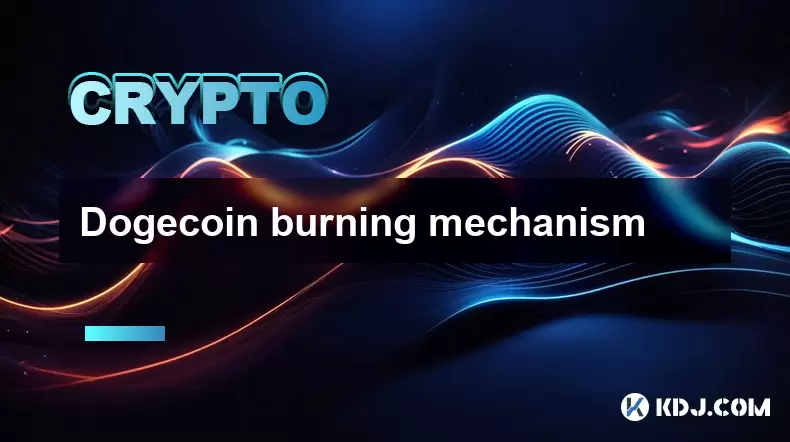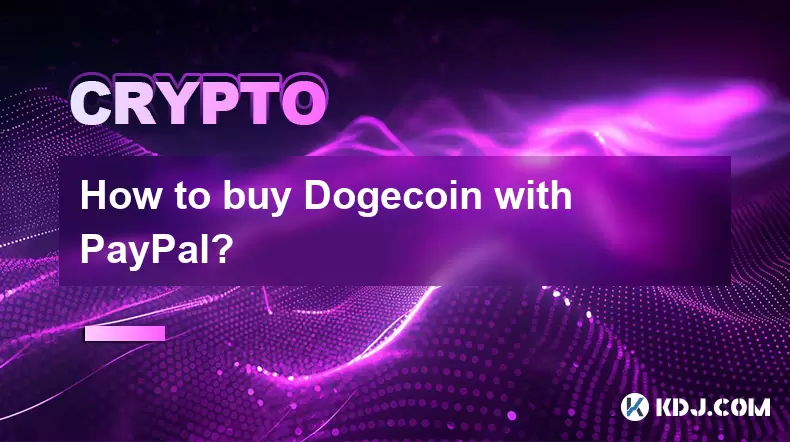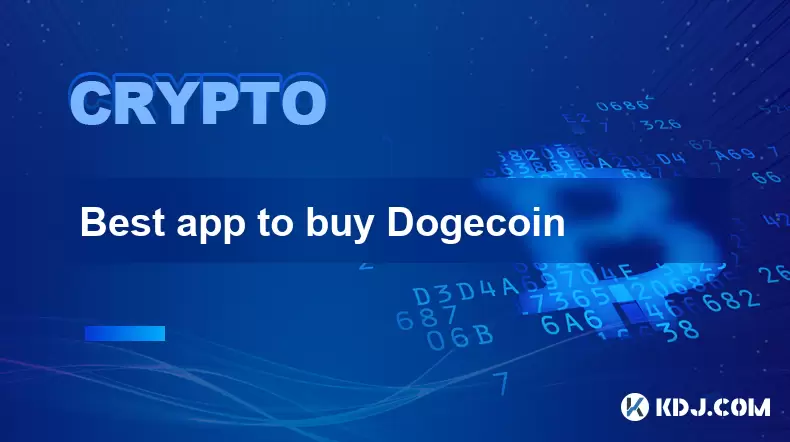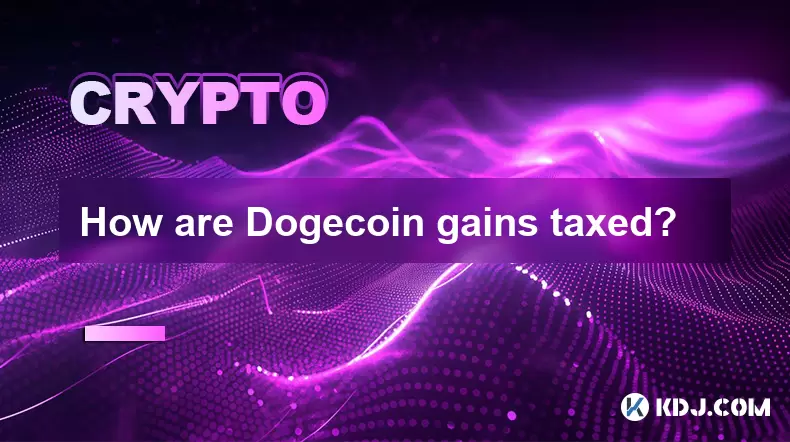-
 Bitcoin
Bitcoin $115100
1.27% -
 Ethereum
Ethereum $3675
2.71% -
 XRP
XRP $2.995
1.45% -
 Tether USDt
Tether USDt $1.000
0.02% -
 BNB
BNB $769.8
2.64% -
 Solana
Solana $168.0
3.25% -
 USDC
USDC $0.9999
-0.01% -
 TRON
TRON $0.3371
1.48% -
 Dogecoin
Dogecoin $0.2051
3.36% -
 Cardano
Cardano $0.7394
2.30% -
 Hyperliquid
Hyperliquid $38.15
0.42% -
 Stellar
Stellar $0.3966
-0.36% -
 Sui
Sui $3.486
2.93% -
 Chainlink
Chainlink $16.72
2.52% -
 Bitcoin Cash
Bitcoin Cash $568.0
4.36% -
 Hedera
Hedera $0.2440
2.59% -
 Ethena USDe
Ethena USDe $1.001
0.04% -
 Avalanche
Avalanche $22.16
2.06% -
 Litecoin
Litecoin $119.1
-0.73% -
 UNUS SED LEO
UNUS SED LEO $8.991
0.04% -
 Toncoin
Toncoin $3.232
-0.39% -
 Shiba Inu
Shiba Inu $0.00001233
2.82% -
 Uniswap
Uniswap $9.717
2.53% -
 Polkadot
Polkadot $3.664
1.85% -
 Dai
Dai $1.000
0.01% -
 Monero
Monero $281.2
-3.89% -
 Bitget Token
Bitget Token $4.350
1.55% -
 Cronos
Cronos $0.1428
5.07% -
 Pepe
Pepe $0.00001050
3.68% -
 Aave
Aave $262.3
3.54%
Is the supply of Dogecoin limited? What is its inflation mechanism?
Dogecoin, unlike Bitcoin, has an unlimited supply, with 10,000 new coins generated per minute. This constant, yet decreasing, inflation rate fuels debate regarding its long-term value and differs significantly from deflationary cryptocurrencies.
Mar 16, 2025 at 03:36 pm

Key Points:
- Dogecoin's supply is technically unlimited, unlike Bitcoin which has a hard cap.
- Dogecoin employs an inflationary mechanism, meaning new coins are constantly added to the circulating supply.
- This inflationary model is different from deflationary models seen in some cryptocurrencies.
- The rate of inflation in Dogecoin is predictable and steadily decreases over time.
- The implications of Dogecoin's unlimited supply and inflation are debated within the cryptocurrency community.
Is the supply of Dogecoin limited? What is its inflation mechanism?
Unlike Bitcoin, which has a fixed maximum supply of 21 million coins, Dogecoin has an unlimited supply. This means there's no pre-determined limit to the number of Dogecoins that can ever exist. This fundamental difference sets Dogecoin apart from many other cryptocurrencies that aim for scarcity to drive value. The implications of this unlimited supply are a key point of discussion amongst crypto enthusiasts and investors.
Dogecoin's inflation mechanism is a crucial aspect of understanding its unlimited supply. Every minute, approximately 10,000 new Dogecoins are created and added to the existing circulating supply. This constant influx of new coins is the source of Dogecoin's inflation. This consistent minting contrasts sharply with Bitcoin's halving events which periodically reduce the rate of new Bitcoin creation.
The continuous creation of new Dogecoins might seem alarming at first glance, suggesting a constant devaluation of existing coins. However, the rate of inflation in Dogecoin is not constant. While 10,000 Dogecoins are generated per minute, this represents a decreasing percentage of the overall supply as the total number of coins in circulation grows. This means the inflation rate gradually decreases over time.
This predictable, albeit continuously inflationary, model is a key characteristic of Dogecoin. It contrasts with deflationary models, where the total supply decreases over time or remains static. Deflationary models can sometimes lead to decreased transaction frequency as holders hoard assets expecting price appreciation. Dogecoin's inflationary model aims to avoid this scenario, promoting greater transactional activity within its ecosystem.
The implications of this design choice are complex and subject to ongoing debate. Some argue that the constant inflation dilutes the value of each Dogecoin, making it less attractive as a store of value compared to deflationary assets. Others believe that the constant supply incentivizes greater usage and transactions, fostering community growth and network effects. This ongoing discussion highlights the different philosophies underpinning various cryptocurrency designs.
The argument for Dogecoin's inflationary model often centers around its intended purpose. Unlike Bitcoin which many view as digital gold, Dogecoin was initially conceived as a fun, meme-based cryptocurrency. Its creators did not aim for scarcity, but rather for a currency that facilitates quick, easy, and low-cost transactions. The unlimited supply facilitates this goal by ensuring a readily available supply of coins for transactions.
This difference in philosophy between Dogecoin and Bitcoin, and other cryptocurrencies with capped supplies, is a fundamental distinction. The debate about which approach is superior remains ongoing within the crypto community. Each model has its advantages and disadvantages, depending on the intended use case and the long-term goals of the project. The choice between inflationary and deflationary models reflects differing views on the ideal characteristics of a cryptocurrency.
Understanding Dogecoin's inflation mechanism is crucial for evaluating its potential as an investment or a transactional currency. The continuous generation of new coins has implications for both its price volatility and its utility. While some view the constant inflation as a negative factor, others see it as a key element of its accessibility and widespread adoption.
The predictability of Dogecoin's inflation rate, however, provides a degree of stability. While the supply is unlimited, the rate at which new coins enter circulation is known and declines over time. This predictable nature can help investors and users better manage their expectations and strategies.
Moreover, the inflationary nature of Dogecoin has arguably contributed to its community-driven aspect. The accessibility of the coin, fueled by its constant generation, has fostered a large and active community that values its memetic origins and ease of use.
The implications of Dogecoin's unlimited supply and its inflationary mechanism remain a subject of ongoing discussion and analysis. Whether this design proves to be beneficial or detrimental to Dogecoin's long-term success remains to be seen. The cryptocurrency market is dynamic and constantly evolving, and only time will tell the full impact of these design choices.
Frequently Asked Questions:
Q: Will the inflation of Dogecoin ever stop?
A: No, the creation of new Dogecoins continues at a constant rate. However, the rate of inflation decreases over time as the total supply increases.
Q: Is Dogecoin's inflation bad for its value?
A: Whether the inflation is "bad" is a matter of perspective and depends on individual investment goals. Some argue it dilutes value, while others believe it promotes wider adoption and use.
Q: How does Dogecoin's inflation compare to other cryptocurrencies?
A: Dogecoin's inflation differs significantly from cryptocurrencies with capped supplies like Bitcoin. It's also different from other inflationary coins, each having its unique emission schedule.
Q: What is the current inflation rate of Dogecoin?
A: While 10,000 Dogecoins are created per minute, the precise inflation rate as a percentage constantly changes and decreases as the total supply grows. You can find estimates online but they're dynamic figures.
Q: Can Dogecoin's inflation be changed?
A: No. The Dogecoin protocol is designed with a fixed, continuous coin creation rate. Changing this would require a significant alteration to the core code, which is unlikely to happen.
Disclaimer:info@kdj.com
The information provided is not trading advice. kdj.com does not assume any responsibility for any investments made based on the information provided in this article. Cryptocurrencies are highly volatile and it is highly recommended that you invest with caution after thorough research!
If you believe that the content used on this website infringes your copyright, please contact us immediately (info@kdj.com) and we will delete it promptly.
- Avalanche vs. Ruvi AI: Daily Sales Tell a Story of Crypto Disruption
- 2025-08-07 06:29:35
- DeSoc: The Crypto to Buy Now for a Decentralized Future (and Maybe 43x Gains!)
- 2025-08-07 06:50:16
- Arctic Pablo Coin: Riding the Meme Coin Wave with a Deflationary Twist
- 2025-08-07 07:18:13
- XRP Price Skyrocket? Decoding the Cryptocurrency's Next Move
- 2025-08-07 07:31:50
- Meme Coins in August 2025: Riding the Rally Wave
- 2025-08-07 06:56:08
- Big Whales, Altcoins, and Heavy Transactions: What's Moving the Crypto Market?
- 2025-08-07 06:29:35
Related knowledge

Bitcoincoin burning mechanism
Jul 20,2025 at 09:21pm
What is the Dogecoin burning mechanism?The Dogecoin burning mechanism refers to the process of permanently removing DOGE tokens from circulation by se...

How to earn free Bitcoincoin?
Jul 19,2025 at 10:08pm
What is Dogecoin and Why Earn It?Dogecoin (DOGE) started as a meme-based cryptocurrency in 2013 but has grown into a widely recognized digital asset. ...

Is Coinbase a good wallet for Bitcoincoin?
Jul 19,2025 at 04:42pm
Understanding Coinbase as a Wallet Option for DogecoinWhen considering where to store Dogecoin, Coinbase is often mentioned as a potential option due ...

How to buy Bitcoincoin with PayPal?
Jul 23,2025 at 06:57am
Understanding the Basics of Buying DogecoinBefore diving into the process of buying Dogecoin with PayPal, it’s essential to understand what Dogecoin i...

Best app to buy Dogecoin
Jul 23,2025 at 03:08pm
What Is a Cryptocurrency Exchange and How Does It Work?A cryptocurrency exchange is a digital marketplace where users can buy, sell, or trade cryptocu...

How are Dogecoin gains taxed?
Jul 25,2025 at 07:01am
Understanding the Taxation of Dogecoin GainsWhen it comes to Dogecoin (DOGE), many investors are drawn to its meme-inspired branding and volatile pric...

Bitcoincoin burning mechanism
Jul 20,2025 at 09:21pm
What is the Dogecoin burning mechanism?The Dogecoin burning mechanism refers to the process of permanently removing DOGE tokens from circulation by se...

How to earn free Bitcoincoin?
Jul 19,2025 at 10:08pm
What is Dogecoin and Why Earn It?Dogecoin (DOGE) started as a meme-based cryptocurrency in 2013 but has grown into a widely recognized digital asset. ...

Is Coinbase a good wallet for Bitcoincoin?
Jul 19,2025 at 04:42pm
Understanding Coinbase as a Wallet Option for DogecoinWhen considering where to store Dogecoin, Coinbase is often mentioned as a potential option due ...

How to buy Bitcoincoin with PayPal?
Jul 23,2025 at 06:57am
Understanding the Basics of Buying DogecoinBefore diving into the process of buying Dogecoin with PayPal, it’s essential to understand what Dogecoin i...

Best app to buy Dogecoin
Jul 23,2025 at 03:08pm
What Is a Cryptocurrency Exchange and How Does It Work?A cryptocurrency exchange is a digital marketplace where users can buy, sell, or trade cryptocu...

How are Dogecoin gains taxed?
Jul 25,2025 at 07:01am
Understanding the Taxation of Dogecoin GainsWhen it comes to Dogecoin (DOGE), many investors are drawn to its meme-inspired branding and volatile pric...
See all articles

























































































